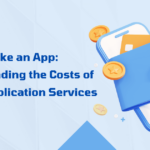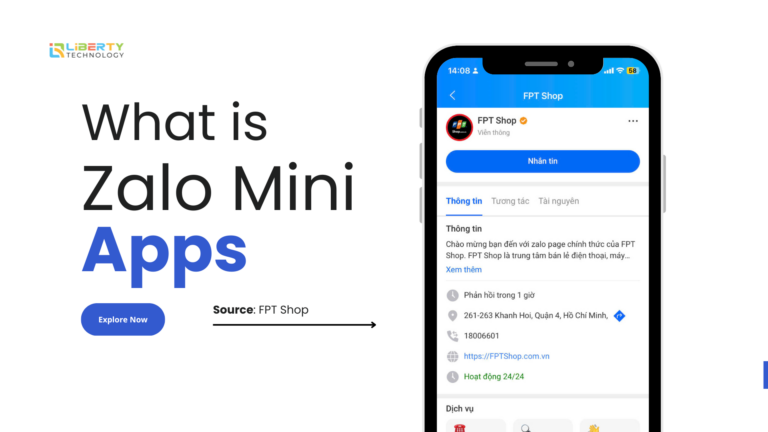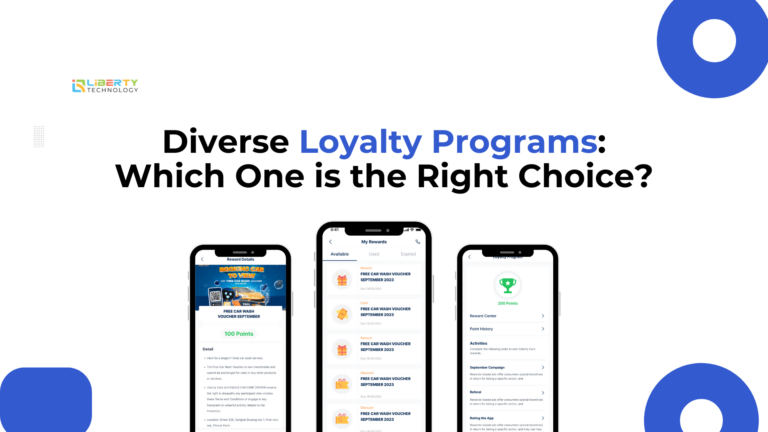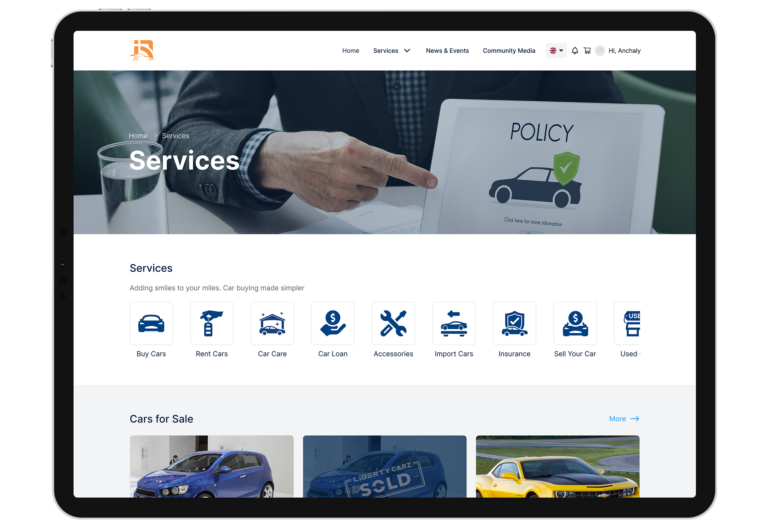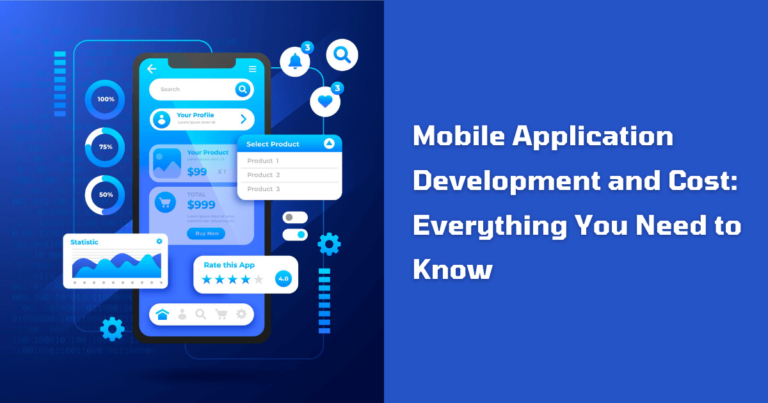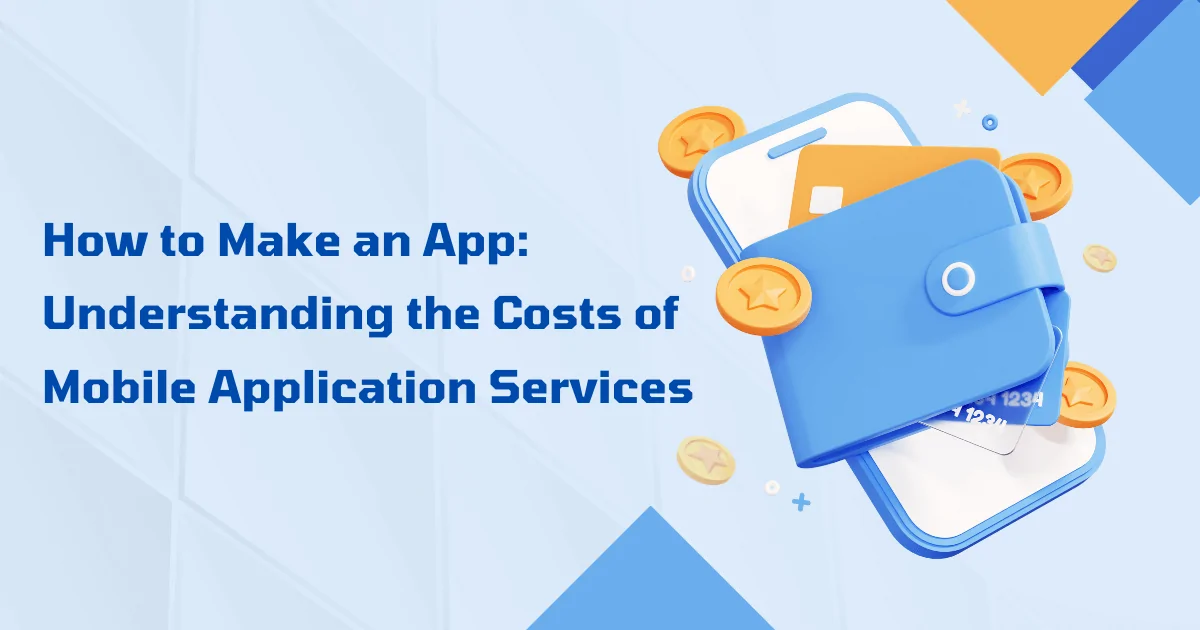
I. Introduction
- Overview of App Creation Costs:
Mobile applications have revolutionized how businesses engage with customers and partners, providing SMBs with a powerful tool to enhance operations and drive growth. But how much does it cost to create an application? The price can vary widely based on factors like app complexity, target platforms, and the location of your development team. This understanding helps in effective budgeting and ensures that you are prepared for any financial commitments that might arise during the project. A simple app with basic functionality might be relatively inexpensive, while a highly complex app with advanced features could require a significant investment.
- Importance of Understanding Cost Factors
Knowing the factors that affect app creation costs ahead of time can save you from unpleasant surprises. It enables you to allocate your budget wisely and prioritize features that add the most value to your app. By understanding the cost drivers, you can make strategic decisions, such as whether to develop an app in-house or outsource, and which platform to develop first.
II. Factors Affecting App Creation Costs
1. Complexity of the App:
- Simple Apps
Simple apps, such as calculators and flashlight apps, have limited features and functionality. These apps typically cost between $10,000 and $40,000 to develop. Despite their simplicity, it is essential to ensure they are user-friendly and perform their intended purpose efficiently.
- Moderately Complex Apps
Moderately complex apps include social media and e-commerce apps. These apps require a more extensive development process, including backend infrastructure, user authentication, and integration with third-party services. The cost for developing these apps usually ranges from $30,000 to $500,000.
- Highly Complex Apps
Highly complex apps, such as banking and healthcare apps, come with advanced features like secure login, data encryption, and integration with existing systems. Developing such apps can be quite costly, often exceeding $500,000 and going up to over $1 million. These apps require a high level of security and compliance with industry regulations.
2. Platform Selection:
- Android App Creation Cost
Developing an app for Android involves specific costs related to the platform’s characteristics, such as compatibility with various device models and screen sizes. The development cost for Android apps can be influenced by the need for extensive testing across multiple devices.
- iOS App Creation Cost
iOS app development, particularly for the App Store, might have different cost considerations, such as compliance with Apple’s strict guidelines and quality standards. However, iOS apps often benefit from a more uniform device environment, which can simplify the development process.
- Hybrid and Web App Development Costs
Developing a hybrid or web app can be a cost-effective solution as it allows for a single codebase that runs across multiple platforms. This approach can significantly reduce development time and costs, typically ranging from $20,000 to $250,000, depending on the app’s complexity.
3. Geographic Location of Development Team:
The geographic location of your development team is one of the most important elements influencing app creation expenses. Labor cost, experience, and entire job quality can vary significantly depending on where your team is based. Let’s take a closer look at how various places compare.
- North America and Western Europe:
High labor costs: Hiring a development team in North America (e.g., the United States or Canada) or Western Europe (e.g., the United Kingdom, Germany, or France) is usually the most expensive alternative. Developers in these areas earn greater wages, which translates into higher project expenses. For example, hourly prices for developers in these countries can range from $100 to $200.
Expertise and Quality Assurance: Despite the high expenses, these regions’ teams are well-known for their competence and thorough quality assurance standards. These developers frequently have access to the most recent technologies, training, and resources, ensuring that the apps they create are innovative and follow industry best practices. Partnering with teams in these regions may also improve communication due to linguistic and cultural alignment, especially for organizations situated in Western countries.
Time Zones and Communication: Given the overlapping time zones and cultural familiarity, interaction with local teams can improve communication and project management for organizations in North America and Western Europe.
- Eastern Europe:
Cost-Effective Talent: Eastern Europe (such as Poland, Ukraine, and Romania) has emerged as a preferred app development location due to its low prices and high standards. This region’s development costs are normally in the midrange, with hourly prices ranging from $30 to $75. When compared to North America and Western Europe, this region provides qualified developers at a far lower cost.
High Skill Levels: Eastern European developers are well-known for their outstanding technical talents, notably in software engineering, cybersecurity, and user experience/user interface design. Many developers in this region have advanced degrees and are fluent in English, making communication easier and project execution more efficient.
Growing Tech Hubs: Countries such as Poland and Ukraine are fast developing tech centers with a strong ecosystem of developers, entrepreneurs, and technology communities. This growth has created a competitive climate in which developers are continually polishing their skills, resulting in excellent output.
Proximity to Western Europe: Eastern Europe has the advantage of proximity, minimizing time zone disparities and enabling for more frequent in-person meetings if needed.
- Asia:
Asia is renowned for its affordable app development, with hourly rates typically ranging between $20 and $50, making it an attractive option for budget-conscious companies. Cambodia and Vietnam are becoming important places for mobile app development in Southeast Asia.
Vietnam’s tech sector has seen rapid growth, generating $69 billion in revenue in 2023. This growth makes Vietnam a popular choice for outsourcing due to its combination of low labor costs and robust IT infrastructure, which together deliver cost-effectiveness alongside high skill levels. The workforce in Vietnam is notably young, which infuses the tech scene with fresh ideas and energy. Additionally, the country’s strong focus on STEM education ensures a steady stream of skilled graduates each year, capable of working with key programming languages and achieving high global rankings.
Meanwhile, Cambodia’s tech industry is also expanding quickly, particularly in mobile app development. This surge is driven by an increase in smartphone usage, creating greater demand for mobile apps. The Cambodian government, along with a vibrant startup culture, actively supports tech innovation, further accelerating growth. Moreover, an increase in educational programs and coding bootcamps is equipping a new generation of tech-savvy professionals ready to meet the industry’s demands.
At Liberty Technology, we help turn your mobile app ideas into reality. We embrace diversity and employ skilled developers from both Cambodia and Vietnam who have a deep understanding of the Asian market. Our focus at Liberty Technology is on creating practical, user-friendly solutions.
4. App Type and Industry:
- Social Media Apps: Developing a social media app involves significant time and cost, including features like user profiles, messaging, notifications, and content sharing. The estimated development time can range from 6 months to 2 years, with costs averaging between $50,000 and $350,000.
- E-commerce Apps: E-commerce apps require features like product catalogs, shopping carts, payment gateways, and order tracking. Development time ranges from 6 months to over a year, with costs typically falling between $30,000 and $300,000.
- Gaming Apps: Gaming apps can range from basic recreational games to complicated multiplayer experiences. Development times range from a few months to several years, with costs from $20,000 to several million dollars, depending on the game’s complexity.
- Other Industry-Specific Apps: Education, healthcare, travel, and productivity apps each have unique requirements that can affect development costs. For instance, healthcare apps may need compliance with regulations like HIPAA, increasing both the development time and cost.
5. Hiring App Developers:
Choosing the right development team is a critical decision that significantly impacts the quality, timeline, and cost of your app project. There are three primary options to consider: In-house Developers, Freelancers, and App Development Agencies. Each comes with its own set of advantages, challenges, and cost implications. Understanding these can help you make an informed decision that aligns with your project goals, budget, and timeline.
- In-house Developers
Hiring an in-house development team can be costly but offers better communication and potentially higher quality results. This option is best for long-term projects where ongoing support and updates are required.
Advantages:
- Better Communication and Collaboration:
In-house teams facilitate seamless communication and collaboration since team members work together in the same physical or virtual space. This setup allows for quick decision-making and efficient problem-solving.
According to a report by Deloitte, effective communication within in-house teams leads to improved project outcomes and higher productivity.
- Deep Understanding of Company Goals and Culture:
In-house developers are more likely to have a full understanding of your company’s vision, values, and long-term goals, resulting in solutions that are well linked with your business requirements.
They can quickly adapt to changing project requirements and are invested in the company’s success.
- High-Quality and Consistent Output:
With direct oversight and consistent workflows, in-house teams can maintain high-quality standards and ensure consistency throughout the development process.
Continuous integration and development practices are easier to implement and monitor internally.
- Immediate Support and Maintenance:
Having developers on-site ensures that any bugs, issues, or updates can be addressed promptly without delays associated with external coordination.
This is particularly beneficial for apps requiring frequent updates or those operating in dynamic markets.
Challenges:
- Higher Costs:
Recruiting, training, and maintaining in-house developers incurs significant costs, including pay, benefits, office space, and equipment.
According to Glassdoor, the average salary for a mobile app developer in the United States ranges from $90,000 to $140,000 annually, excluding additional overhead costs.
- Recruitment and Retention Difficulties:
Finding skilled developers can be time-consuming and competitive, especially in tech hubs where demand is high.
Retaining talent requires ongoing investment in employee development and satisfaction initiatives.
- Limited Skill Sets:
In-house teams may have expertise limited to specific technologies or platforms, which could be restrictive if your project requires diverse or specialized skills.
Scaling the team up or down based on project needs can also be challenging and resource-intensive.
Suitable Scenarios:
In-house development teams are ideal for long-term projects with ongoing development and maintenance needs. They are particularly well-suited for companies that require full control over the development process, ensuring that every aspect of the app aligns closely with business objectives. Additionally, in-house teams are the preferred choice for projects where confidentiality and security are paramount, as they allow sensitive data and intellectual property to remain within the company.
Cost Implications:
While hiring an in-house team involves high upfront and ongoing costs due to salaries, benefits, and operational expenses, it can be a cost-effective solution over time, especially for projects that are continuous and evolve regularly. The investment in an in-house team can pay off by providing consistent quality, faster iteration cycles, and closer alignment with the company’s strategic goals.
- Freelancers:
Freelancers typically offer cheaper fees than agencies or in-house teams, making them an affordable option for smaller tasks. However, managing a team of freelancers can be challenging in terms of coordination and consistency in the final product.
Advantages:
- Cost-Effective:
- Freelancers often charge lower rates compared to agencies or in-house teams, making them a budget-friendly option for smaller projects.
- You pay only for the specific services and hours required without additional overhead costs.
- Platforms like Upwork and Freelancer offer access to a global pool of talent with competitive pricing structures.
- Flexibility and Scalability:
- Freelancers can be hired as needed, allowing you to scale your development resources up or down based on project requirements.
- They offer flexibility in terms of working hours and can often accommodate tight deadlines.
- Access to Diverse Skill Sets:
- With a vast pool of freelancers available globally, you can find specialists with expertise in various technologies and industries.
- This diversity allows you to tailor your team precisely to your project’s needs.
- Quick Hiring Process:
- Hiring freelancers is typically faster and less formal than recruiting full-time employees, enabling you to initiate projects promptly.
- Online platforms facilitate streamlined hiring through profiles, reviews, and ratings.
Challenges:
- Coordination and Management:
- Managing multiple freelancers can be challenging, particularly when coordinating across different time zones and ensuring consistent communication.
- Ensuring that all freelancers are aligned with project goals and standards requires effective project management skills.
- Quality and Reliability Concerns:
The quality of work can vary significantly among freelancers, and there is a risk of inconsistent output.
Some freelancers may have limited availability or may not be fully committed to your project, leading to delays and unmet expectations.
A survey by Payoneer indicates that while many freelancers deliver high-quality work, vetting and selecting reliable professionals remains a common challenge for clients.
- Security and Confidentiality Risks:
- Sharing sensitive project information with external individuals poses potential security risks.
- Ensuring confidentiality agreements are in place is essential but may not always guarantee complete protection.
- Limited Long-Term Support:
Freelancers may not be available for ongoing maintenance and updates after the project’s completion, necessitating additional hiring efforts for future needs.
Suitable Scenarios:
- Small to medium-sized projects with defined scopes and shorter timelines.
- Projects requiring specialized skills for specific tasks.
- Businesses with limited budgets seeking cost-effective development solutions.
Cost Implications:
- Generally lower upfront costs compared to other options.
- Potential hidden costs associated with project delays, revisions, and quality control.
- App Development Agencies:
Development agencies often provide a comprehensive range of services, including design, development, testing, and deployment. While they might be more expensive, they provide a comprehensive solution and can ensure a high-quality product.
Advantages:
- Comprehensive Services:
- Agencies provide a full suite of services, ensuring all aspects of the app development process are handled professionally and cohesively.
- They often have dedicated teams for each phase, including project managers, designers, developers, and quality assurance speciali sts.
- According to Clutch.co, businesses that utilize full-service agencies benefit from streamlined processes and consistent quality across all project stages.
- Expertise and Experience:
- Agencies typically have extensive experience across various industries and project types, bringing valuable insights and best practices to your project.
- They stay updated with the latest technologies and trends, ensuring your app is built using current standards and methodologies.
- Quality Assurance:
- Rigorous testing protocols and quality control measures are standard in agency workflows, leading to higher-quality, more reliable applications.
- Agencies are accountable for delivering results that meet agreed-upon standards and timelines.
- Project Management and Accountability:
- Dedicated project managers oversee the entire development process, coordinating teams and ensuring milestones are met.
- Agencies provide structured communication and regular progress reports, enhancing transparency and accountability.
- Scalability and Resources:
- Agencies can quickly scale resources up or down based on project needs, accommodating changes in scope or timelines efficiently.
- Access to a broad talent pool allows agencies to address diverse and complex project requirements effectively.
III. Breakdown of App Creation Costs by Development Stage
1. Planning Stage:
The planning stage sets the foundation for the entire project and typically accounts for about 10% of the total cost. During this phase, requirements are gathered, and the project scope is defined. Effective planning can prevent scope creep and ensure the project stays on budget.
2. Design Stage:
The app’s user interface (UI) and user experience (UX) must be designed carefully to ensure success. The design stage usually makes up about 15% of the total cost. This phase includes creating wireframes, prototypes, and the overall look and feel of the app.
3. Development Stage:
The development stage is where the core work happens—coding and integrating various features. This stage consumes the bulk, around 60%, of the total cost. It’s crucial to have a well-structured development process to ensure all functionalities are implemented effectively.
4. Testing Stage:
Testing is critical to ensure the app works as intended without any bugs or performance issues. This stage typically accounts for 10% of the total cost. It includes a variety of testing methods, including functional testing, performance testing, and user acceptance testing.
5. Deployment Stage:
Deploying the app involves launching it on platforms like the App Store or Google Play. The deployment stage usually represents about 5% of the total cost. This phase also includes activities like preparing marketing materials and meeting platform-specific requirements.
IV. Hidden App Creation Costs
Beyond the visible costs of development, several hidden costs can impact your budget:
1. Backend Infrastructure:
- Apps often require backend infrastructure for functionalities like user authentication, data storage, and server hosting. These are ongoing costs that can add up over time.
2. Integration with Third-Party Services:
Many apps integrate with third-party services like payment gateways, social media APIs, and analytics tools. These integrations often come with their own costs, including licensing fees and additional development time.
3. Security Features:
Implementing security measures like encryption and two-factor authentication are crucial, especially for apps handling sensitive data. These features can increase development costs but are essential for user trust and compliance with regulations.
4. App Store Fees:
Submitting an app to platforms such as the App Store or Google Play incurs expenses. These include one-time submission fees and ongoing hosting charges, which can influence your overall budget.
5. Maintenance and Updates:
Post-launch, an app requires regular maintenance and updates to fix bugs, add new features, and ensure compatibility with new OS versions. Maintenance expenditures can be a large continuing expense.
6. Marketing and Promotions:
To reach your target audience, you will need to invest in marketing and promotions. This includes costs for advertising, social media campaigns, and other marketing activities to drive downloads and user engagement.
V. Average App Creation Costs
Estimating the cost of creating an app depends on various factors, including the type of app, the platforms it will run on, and the complexity of its features. For a more accurate estimate, you can use online cost calculators or consult with professionals who can provide tailored advice based on your specific needs.
1. Cost Estimations by App Type:
The cost of developing an app varies greatly based on its nature and complexity. Simple apps can cost between $10,000 and $40,000, moderately complicated apps between $30,000 and $500,000, and highly complex apps over $1 million. For a more precise estimate, consider using online cost calculators or consulting with professional app developers.
2. Cost Calculators:
There are various online tools and resources to help estimate app development costs. Cost calculators and case studies can provide a more accurate picture based on specific requirements and features.
VI. Strategies to Reduce App Creation Costs
1. Choose the Right Platform:
Deciding between developing for a single platform or opting for cross-platform development can impact costs. Developing for a single platform initially can reduce costs and time to market.
2. Simplify Design:
Keeping the design simple can save money without compromising user experience. Focus on essential features and intuitive navigation to ensure usability.
3. Use Third-Party APIs:
Using existing APIs can reduce development time and expenses. For example, using payment services like Stripe or PayPal can expedite the integration of payment features.
4. Optimize for Scalability:
Designing your app with scalability in mind can prevent future costs associated with redesigning or reworking the app as user demand grows.
5. Work with Experienced Teams:
Hiring experienced developers can provide cost-effective solutions, ensuring that the app is developed efficiently and meets quality standards.
VII. Case Studies and Examples
1. Marriott’s Cost Reduction through Modernization
Marriott modernized its app by re-platforming, which helped reduce development and maintenance costs. This example illustrates the benefits of leveraging modern technologies to optimize costs.
2. Other Industry Examples
Various companies from different industries have successfully managed app development costs. These examples offer insights and strategies that can be applied to your own app development projects.
VIII. Conclusion
Understanding the costs associated with mobile application service, how to make an app is crucial for effective budgeting and planning. Factors such as app complexity, platform selection, geographic location of the development team, and app type significantly influence costs.
To acquire a more realistic estimate for your project, use online cost calculators or talk with expert app developers. With Liberty Technology, you will receive a complete analysis, allowing you to make more informed decisions about your app development path.
Contact Liberty Technology today to learn more about how we can help your business thrive in the digital landscape.
For inquiries, please contact [email protected] or call 023 868 683.




